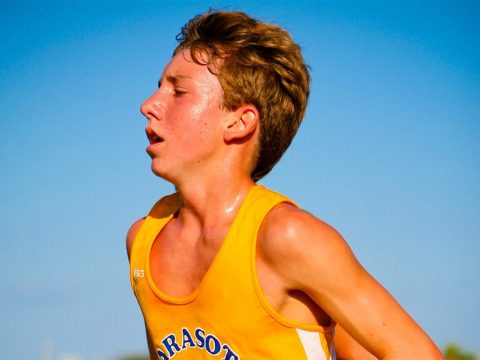- 979-485-9287
- office@bvallergy.com
-
 979-251-7804
979-251-7804
Exercise-Induced Asthma

Drug Allergy
May 31, 2019
Traveling with Food Allergies
June 20, 2019Everyone needs to exercise in order to become fit and healthy. However, people with asthma find exercising as something that triggers their condition. Any form of physical activity— may it be a stroll in the park, attending a Zumba class or even playing football with friends—can trigger asthma symptoms or even an asthma attack. So, what can people with asthma do to reduce the risk of an asthma attack when exercising?
What is Exercise-induced Asthma?
Exercise-induced asthma or exercise-induced bronchoconstriction is an asthma variant that is characterized by the narrowing of the airways when a person exercises. This condition is mostly triggered by vigorous or strenuous exercises and is more prevalent in strenuous outdoor, cold weather, and winter sports. According to an article published by the U.S. National Library of Medicine, exercise-induced asthma affects 12 to 15 percent of the population. Furthermore, 90 percent of asthmatic individuals and 35 to 45 percent of patients with allergic rhinitis are afflicted by EIA.
You can still exercise or do physical activities even if you have exercise-induced asthma. There are certain steps you can take to prevent asthma symptoms that will help you maintain normal physical activity. You can consult your doctor to know how.
Exercise-induced Asthma Causes
We usually breathe in through our nose, and the air we take in first is warmed and moistened by the nasal passages. But when people exercise, they tend to breathe through their mouths and inhale colder and drier air. In people with asthma, the muscle band in their airways become sensitive to these changes in temperature and humidity which leads to the airways getting narrower. This will result in asthma symptoms manifesting on the person. Other triggers that can make EIA worse include pollution levels, exposure to other irritants such as smoke and strong fumes, and high pollen count.

Signs and Symptoms of Exercise-induced Asthma
The symptoms of exercise-induced asthma can be felt within 5 to 20 minutes after the start of the exercise or 5 to 10 minutes after a brief exercise has stopped. Here are some of the symptoms you should look out for when exercising should you have EIA:
- Wheezing
- Tightening of the chest
- Shortness of breath
- Coughing
- Fatigue during exercise
- Chest pain
If you experience any of these symptoms, immediately inform your doctor about it.
Exercise-induced Asthma Test
If you’re having breathing problems or you feel any of the symptoms mentioned above when exercising, you should let your physician know about it so that you can be properly diagnosed and given medication—should there be any. Your doctor can begin by examining comprehensively your medical history and by giving a physical exam. After this, he or she can do a breathing test called spirometry. This is a common office test used to assess how well your lungs work by measuring how much air you inhale and exhale as well as how quickly you exhale. It is usually done to diagnose conditions that affect breathing such as asthma and chronic obstructive pulmonary disease (COPD). If you have asthma, this test will usually reveal it.
To specifically check if you have exercise-induced asthma, there are comprehensive tests your doctor may suggest you take. These include specialized pulmonary function testing, electrocardiography, echocardiography, allergy testing, and vocal cord tests. The tests you would undergo would depend on your individual symptoms and history.
Exercise-induced Asthma Treatment
The standard treatment for exercise-induced asthma is a prescription of albuterol inhaler. It is used to prevent and treat wheezing and shortness of breath. It is a quick-relief medication that works in the airways by opening breathing passages and relaxing the muscles. You can carry it with you and use it 15 to 20 minutes before exercising. Another asthma treatment that may be helpful when taken before exercising is ipratropium as it also helps relax the airways.
There are also medications that may be part of asthma management. You can take controller medications such as mast cell stabilizers, inhaled steroids, and leukotriene modifiers. Before taking them, ask your doctor for side effects to avoid complications. Wearing a mask or scarf over your mouth when exercising can also lessen EIA symptoms.
Exercised-induced Asthma in Children
Exercise is a great idea for everyone, even in kids with exercise-induced asthma. It keeps kids fit and healthy as well as improve their lung function. There are activities children with EIA can still do. They can do easy walking, jogging, hiking and even playing sports such as golf, gymnastics, and football. You can ask a doctor on which exercises, sports, and activities are safe for children to avoid life-threatening situations.
It is important to remember that it is possible for children with EIA to be active and live a normal life as long as asthma symptoms are under control. For the most part, children with EIA can do the same physical activities their peers can do. However, it is vital that they also follow the suggestions given by their doctor.
REFERENCES:
KidsHealth
WebMD
Mayo Clinic
American Academy of Allergy Asthma & Immunology




